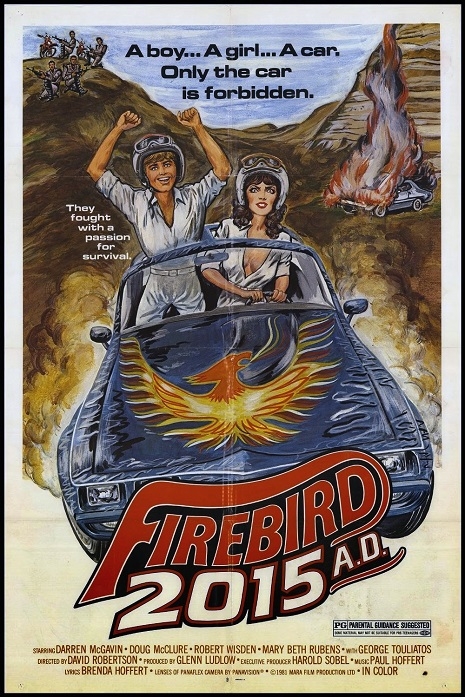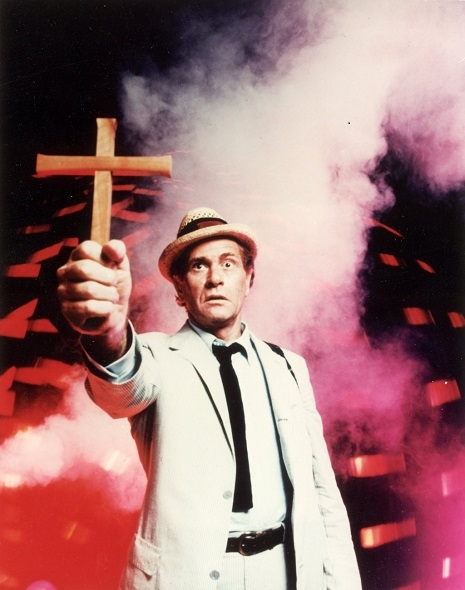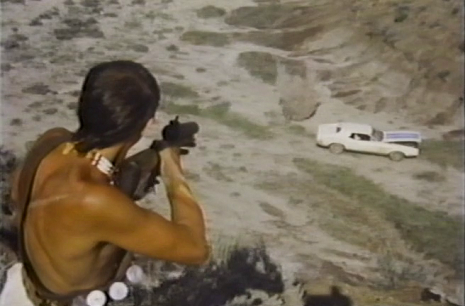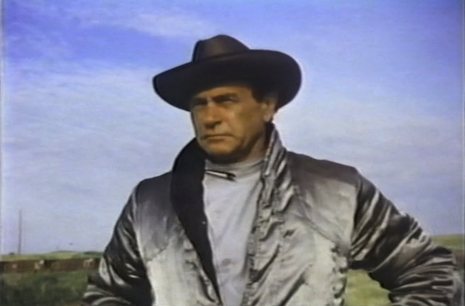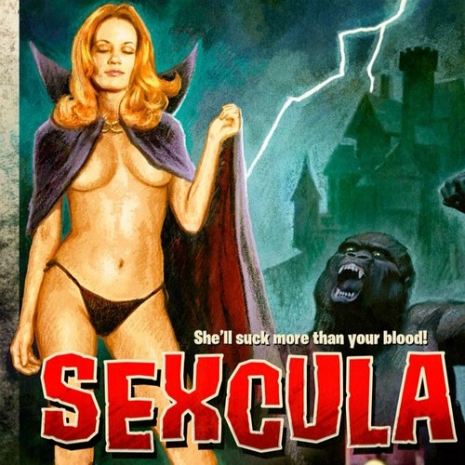
If I threw the words “sexy vampire comedy” at you, what are the first images that come to mind? A Catskills Lothario, fanging luscious and lonely housewives all across the East Coast? We should be so lucky! (Yes, I would watch the living end of that.) Instead, those key words do not have the best pedigree. There’s belly dancing/actress Nai Bonet’s star vehicle to nowhere, Nocturna and the straight out of Germany, 1982’s Dracula Blows His Cool. The latter best known for giving the world the song, “Rock Me Dracula (Suck Me Suck Me)” and not a whole lot else. But there is one film in this highly iffy arena that has been building a slow simmer of a cult status since 1974..
The film in question, one that was thought to be lost for years until it was recently unearthed, cleaned up and released by Impulse Pictures earlier this year, is Sexcula. (That’s pronounced sex-kula.) Made in Canada, complete with Federal funding from an undoubtedly unknowing Canadian Film Development Corporation, Sexcula was only screened once and then disappeared. That one private screening gave birth to years’ worth of gossip and word-of-mouth. Few could have expected that this mega-obscure skin flick with fangs, complete with a cast that have dropped off the face of the Earth, would someday be easily available. Even fewer could even begin to know what to truly expect from this ridiculous but overall fun hybrid of a film.
You’re given the false sense of safety, at first, with the dark castle in the thrall of night, while the phrase, “Those Evil deeds of the Countess” appears. (And yes, “Evil” is capitalized like that.) The title credits begin to roll, with character credits including “Benchtest and Hooker,” which is the first sign that we’re not in Kansas anymore. After this, a young couple drive around the countryside until they arrive at a large house, which looks more like urban ruins than the former glamorous glory of the girl’s (Debbie Collins) familial castle. Her family’s unusual history is summed up with the phrase,“the stories about this place would curl your pubes.” Not to state the obvious, but pubic hair generally is curly, but this is really beside the point. I gave up all rights to complain about logic the moment I entered a universe called Sexcula.
The girl goes on a hunt for her grandmother, Dr. Fallatingstein’s (Jamie Orlando) diary. As the young lovers go on a picnic, where curiously the woman is full on starkers while her date keeps his polyester finery on., he begins to read the diary. Turns out, her grandmother delved into Frankenstein-esque activities, with her piece-de-resistance being the perfect man, aptly named Frank (John Alexander). He’s a smashing success except for one minor detail. Frank’s got the sex drive of a dead dog doped up on salt peter, a source of tremendous frustration for his creator. The Dr. is left with only one solution—to call her niece, Countess Sexcula (Debbie Collins, again) for help. Turns out Sexcula is one busy lady, combining one glamorous and DNA-riddled lifestyle of vampirism and hooking, with a twist of nymphomania. In fact, take two guesses what our heroine is up to as her Aunt gives her a ring? That would be a firm yes, with the ultimate romantic gesture of getting it on flanked by the ultimate swanky notes of a Herb Alpert-esque tune. The sex scene ends with her smiling and flashing the peace sign at the lens, hinting at a time when women and men were more likely to get naked and friendly in front of the camera as an act of cultural rebellion and good times.
The Countess makes her way to Castle Fallatingstein immediately, leading to the introduction of the rest of the Dr’s motley lurid crew. There’s Benchtest (Marie McLeod), an emotionless love-bot, Orgie (Tim Lowery), the mongoloid hunchback with ants in his pants and even a Gorilla (Bud Coal, which is a fab name), who seems to get more action than poor Orgie.
The girls try numerous techniques on hapless Frank, including a romantic carriage ride, hypnotism, sex cell blood transplants or, my personal favorite, a dramatic striptease. The latter may sound harmless enough, but throw on some pink lights, a sweet turned savage gorilla and guns (!) into the mix, and than you have the way into my fetid little heart.
Unfortunately, things start to wane pretty quickly, with the latter half of the film inexplicably focusing on a mock wedding on a porno shoot that turns into one sterlingly retarded swing party. My best guess is that the filmmakers needed to pad things out with an unrelated loop or footage from an abandoned project, since it shares none of the actors and lacks the goony, gothic glow that permeates the rest of the film.
Sexcula is a fascinating, if not wholly successful curiosity. It’s not really a horror film, though it has some of the superficial trappings of one. It’s not really lough-out-loud funny either, though in its best moments it is earnestly ridiculous and cute. The cast obviously had some fun and not just in the body-love sort of way. Collins, touted as a Canadian Marilyn Chambers, actually gives off more of a sunny Melanie Griffith, circa the early 80’s vibe than anything else.
With films like Sexcula, the whole “whatever happened to” thought is bound to cross into your noggin, but perhaps it is for the best that the cast is mired in fringe film obscurity. While you and I are probably cool enough to be impressed that say, our lawyer or teacher was in a weird Canadian vampire-sex spoof film from the 70’s, society is still in devolve mode.
Past, present and future, Sexcula is one of the reasons why the information age can be a great tool. Films that have been thought to been lost for decades are starting to turn up, which is a beautiful thing for any film lover worth his/her salt. As for Sexcula itself, while it’s almost more of a saucy experiment than anything else, it is also lovably daffy in moments and bless Impulse Pictures for releasing it.
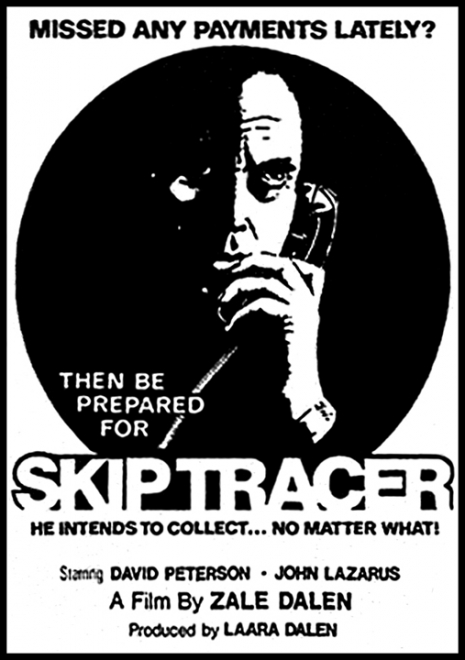
![]()
![]()






